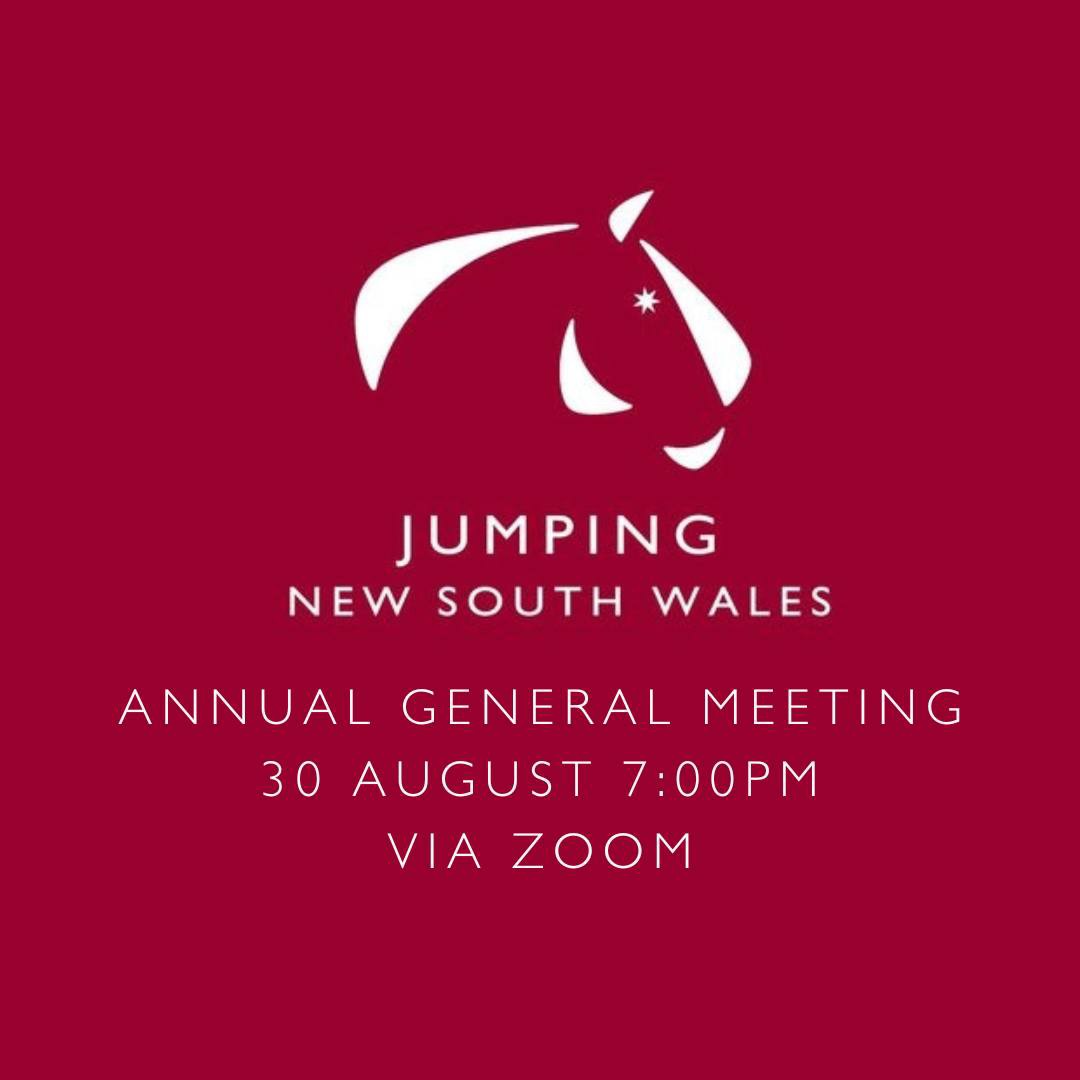Rule of the Week - Article 211a - Water Jump
- Article 211 a – Water Jump
1. For an obstacle to be called a water jump there must be no obstacle in front, in the middle or behind the water. The water must have a minimum spread in excess of two metres and maximum width of 3.6 metres. The water jump may be sited on top of the ground. The width of the front of the water jump must be at least 4 metres and greater than the length. This may include floral decorations
2. A take-off element (brush, small wall), with a minimum height of 40 cm and a maximum height of 50 cm, must be erected on the take-off side. The take-off element must be solid, inviting and preferably sloping.
3. At the Australian Jumping Championships the landing side of the water jump must be defined by a lath, at least six centimetres in width and not exceeding eight centimetres, covered with a bed of contrasting coloured plasticine (i.e. white plasticine if grass footing, coloured plasticine if sand), about one centimetre thick. This plasticine must be replaced each time a Horse touches it. Several spare laths must be provided together with extra plasticine so that a lath, which has been marked by a Horse, may be replaced at any time. The lath must be placed at the edge of the water, properly fixed to the ground (i.e. directly on the sand or grass footing).
3.1 Alternative material to plasticine for the lath may be used in competitions where the total prizemoney is less than $5,000.00, which includes corflute (plastic coated cardboard) or a white rubber strip.
4. The water must be coloured sky blue.
5. It is a Fault at the water jump:
5.1. When a Horse puts one or several feet on the lath defining the limit of the water jump. It is a Fault when the foot or the shoe touches the lath and leaves an impression; impression of the fetlock joint or boot does not constitute a fault.
5.2. When a Horse touches the water with one or several feet.
6. Striking, knocking down, or displacing the brush or take-off element is not a Fault.
7. If one of the four flags is knocked down or displaced it is for the water jump judge to decide whether or not there has been a run-out depending on which side of the flag the horse has passed. If the decision is a run-out the bell will be rung and the clock stopped while the flag which has been knocked down or displace is put back and six seconds will be added in accordance with JRs, Article 232.
8. The decision of the water jump Judge is final. For this reason he must be a member of the Ground Jury.
9. The water jump Judge must register the identification number or name of Horses penalised at the water jump and the reason for the Penalties.
10. Only a vertical obstacle of not more than 1.35 m in height, having any number of poles but with the use of FEI approved safety cups may be placed over open water. The vertical obstacle must be placed between 30 and 50 percent of the spread of the water jump from the front of this obstacle. This obstacle is judged as a vertical obstacle and not as a water jump. For this reason it is not necessary to use a lath or other arrangement to define its limits. If a lath is used it is to be considered a visual aid only; Penalties will not be incurred for any imprints on the lath. The same applies if the take-off element is displaced.
11. If water is used under, in front of or behind an obstacle (a so-called “Liverpool”) the total width of the obstacle (including the water) may not exceed two metres.
12. The minimum length of the arena for using a water jump is 80 metres.
13. There must not be any obstacle before or after the water jump less than 25 metres (6 strides). Except National Jumping Championships
14. If an open water is to be included in a competition the water jump must be used prior to that competition with rails above the water by those competitors who will jump the open water.
15. The course designer must be a national level 3 or FEI accredited to include a water jump in the course


